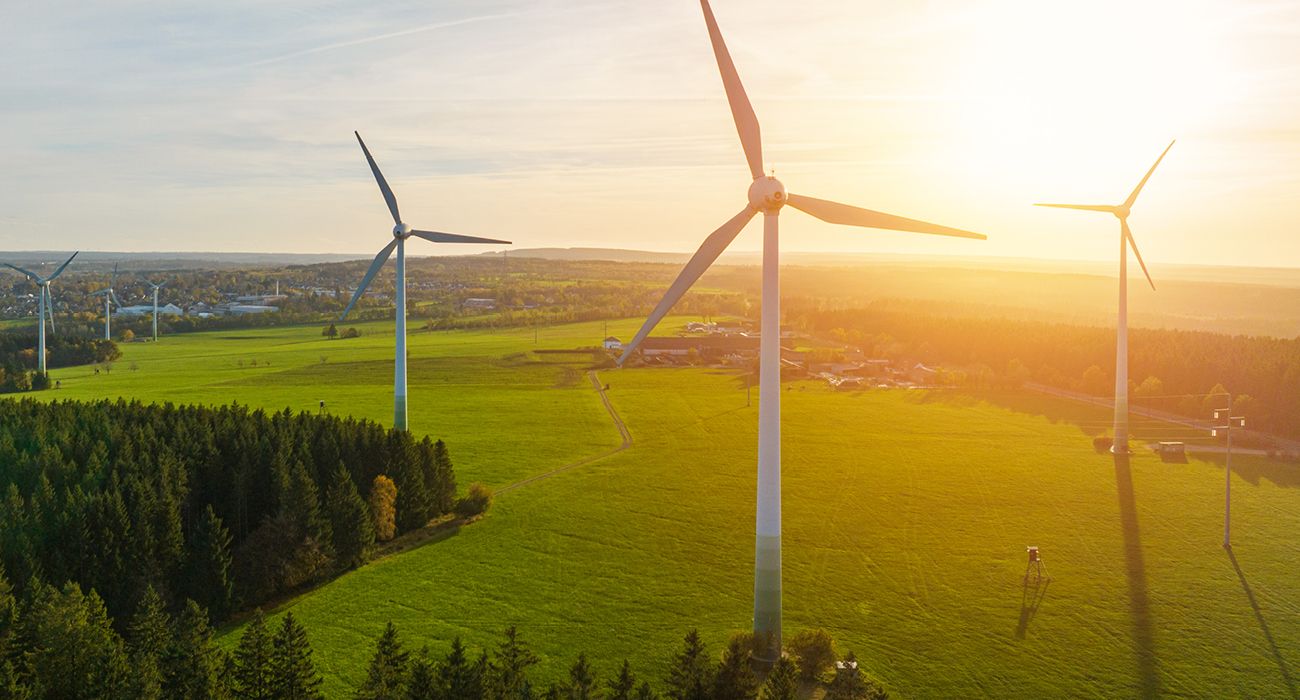To say that the energy market was uncertain in 2022 feels like an understatement. Multiple factors, including the Russian invasion of Ukraine, unpredictable weather conditions and an increased output from renewable sources, have led to high volatility and pushed the UK government to take action to secure supply and limit the impact of price increases.
So, what will be the key market drivers in 2023? And, what do these mean for the outlook for the gas, power, oil and carbon markets?
Looking at the wider macro picture, we believe that weather is becoming a very prominent driver in the markets, which is amplified by tight supply conditions and an increasing renewables capacity. The political landscape, in the UK and across the EU and globally, will also continue to have an impact, while a likely recession, high inflation and a squeeze on demand for goods and services will all continue to factor in 2023 forecasts.
Gas: an encouraging outlook, but uncertainties remain
In the gas market, the outlook for 2023 is very different to where we were at this time last year. Foundational changes to the gas supply mix to Northwest Europe have allowed the UK to stabilise demand and supply, leading to a more optimistic outlook.
Adjustments in storage – such as the reopening of major storage facilities – and initiatives to reduce demand, are helping to create more stability in 2023, working as a buffer against the intermittency of renewable supply.
When it comes to demand, the weather continues to be a major driver. With the exception of a cold spell during the first half of December, and a few days in January, winter 2022 has seen mild and windy weather, which has helped suppress gas demand. However, when colder weather does hit, demand increases, so how the weather develops for February and March will be crucial to storage levels and prices throughout 2023.
We also believe that a return to historic average prices is unlikely, with lowest prices for the UK market still showing a 50% premium and not delivering until early in the next decade. On the supply side, European supplies are pivoting towards liquefied natural gas (LNG) to replace Russian pipeline flows, which will help secure gas availability regardless of whether the war continues.
That said, reduced spare capacity in the supply mix does increase the risk of unplanned issues, which are naturally difficult to predict.
In short, with Russian gas now largely absent, storage concerns being addressed, and plans to make the medium-term supply picture a little more secure being put in place, there is reason to be cautiously optimistic in 2023.
Power: gas volatility and nuclear availability impacting prices
For the UK, and large parts of Europe, gas prices are the biggest driver of power prices. So, if gas prices remain largely volatile for 2023, we will see a similar volatility in the cost of power.
Another major factor impacting power is French nuclear availability. Any problems with the fleet - such as industrial action, weld issues or a backlog of maintenance - can result in significant drops in availability. This has a knock-on effect in terms of higher UK prices as we import this power, contributing to our supply margins.
However, with the maintenance backlog starting to clear, 2023 should be better in terms of availability, although outage risk remains with an ageing nuclear fleet.
Oil: challenges in the crude market
The outlook for the global crude market remains challenging in 2023. The weakening economic outlook is a key catalyst as average prices for crude will likely be lower in 2023 than in 2022. However, despite this, it is likely that we will see production growth during 2023.
The US and the Organization of the Petroleum Exporting Countries (OPEC) – the biggest producers – will influence prices significantly, with production looking to be marginally ahead of consumption. We expect oil prices to remain supported in 2023, with a return to global growth in 2024.
More stability for coal and carbon
According to the International Energy Agency (IEA), in 2022, coal demand increased by 1.2% - a new record. However, the expectation for coal demand in 2023 is for it to plateau - even with it being used to maintain security of supply - thanks to the increase in renewable generation. We believe that, while prices will likely stay volatile, it will be much less than in 2022.
Finally, carbon prices are predicted to stabilise to some extent during 2023 after a couple of years of significant volatility. However, it is likely that European carbon certificates (EUAs) will be less in demand than in 2022 due to the global recession reducing economic activity and therefore having an impact on industrial output. That said, it is unlikely that carbon will see sustained downward periods through 2023.
A more optimistic outlook
Despite continued volatility and the threat of an economic recession on the horizon, the 2023 energy landscape offers some reasons for cautious optimism, leading us to believe that this will be a more stable year compared to the high uncertainty of the past 18 months.
However, as we know, there are still several unpredictable factors that could influence the markets. One thing is for certain, and that is that 2023 will keep us on our toes.

/npm214%20Digital_H_UB121.jpg)
/npm214%20Digital_H_UB127.jpg)
/npm214%20Digital_H_UB15.jpg)
/npm214%20Digital_H_UB88.jpg)




/Author%20Profile%20Bannister_Sam_G.png)
